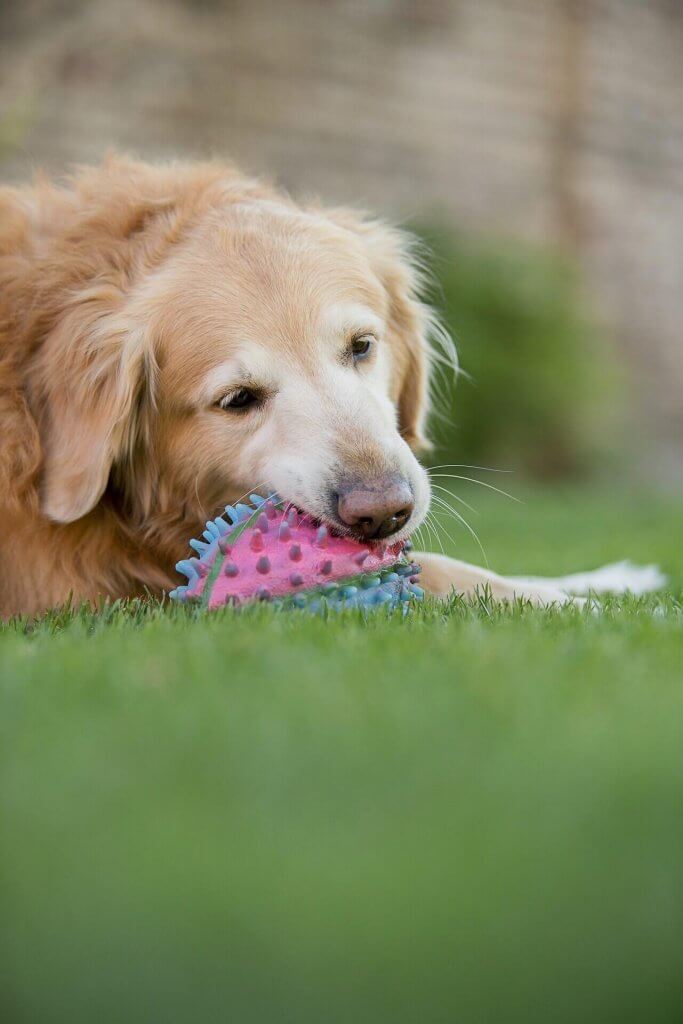Keeping Your Dog Happy and Your Lawn Healthy
If you’re reading this, we know that maintaining an attractive, healthy lawn is important to you. Many of us also live with and love dogs who may not share our goals and priorities. While dogs and lawns can cause problems for each other, we have some tips to encourage peaceful cohabitation.
Begin with Training
Training has multiple benefits for both dogs and their companions. Some people hesitate to train their dogs because they are uncomfortable with imposing discipline and think that dogs are better off behaving in a “normal” or “natural” way. Actually, dogs generally enjoy making us happy, and, left to their own devices, are prone to behaviors like eating our flowers or worse. It takes a lot of repetition to train your dog to know where and when to go and which areas of the yard to stay out of, but that’s also bonding time with your pet, and your efforts will pay off over time.

Designate a Special Dog Area
It can be difficult to keep your lawn looking its best when your dog’s elimination causes discoloration. But your yard is often the best, and sometimes the only, location available. The easiest solution is establishing a space specifically for your dog to conduct business and training appropriately. Wooded or mulched areas are good choices. Alternatively, you can add a decorative feature to your yard by using a fence to conceal a section from view.
Fence Off the Garden
You can use a traditional fence or an electronic version linked to a shock collar to keep your dog out of your garden. Depending on your dog’s curiosity level, you may be able to create the equivalent of a fence by placing large, sturdy plants along the border of your growing space to protect smaller, more fragile plants in the interior. Plants that could serve as a fence include coral bells, pineapple sage, purple basil, and weigela.
Keep Your Plant Choices Dog-Friendly
To this point, we’ve been focusing on the damage that dogs can do to lawns. Unfortunately, the harm that yards can potentially do to dogs is much more serious. The list of plants that are poisonous to our canine friends is surprisingly long and includes such familiar favorites as azaleas and lilies, along with climbing bittersweet, bloodleaf, and many more. Before adding a new variety to your lawn or garden, check with a professional or do some research to make sure you’re not endangering your pet unintentionally.
As your partner in lawn care, we at Southern Lawns want to help you achieve and maintain the yard you want while ensuring that your dog can enjoy exercise and exploration safely. It can be challenging to balance the needs of a pet and the look of a lawn, but with these ideas, you’ll be ready to tackle the major issues.




